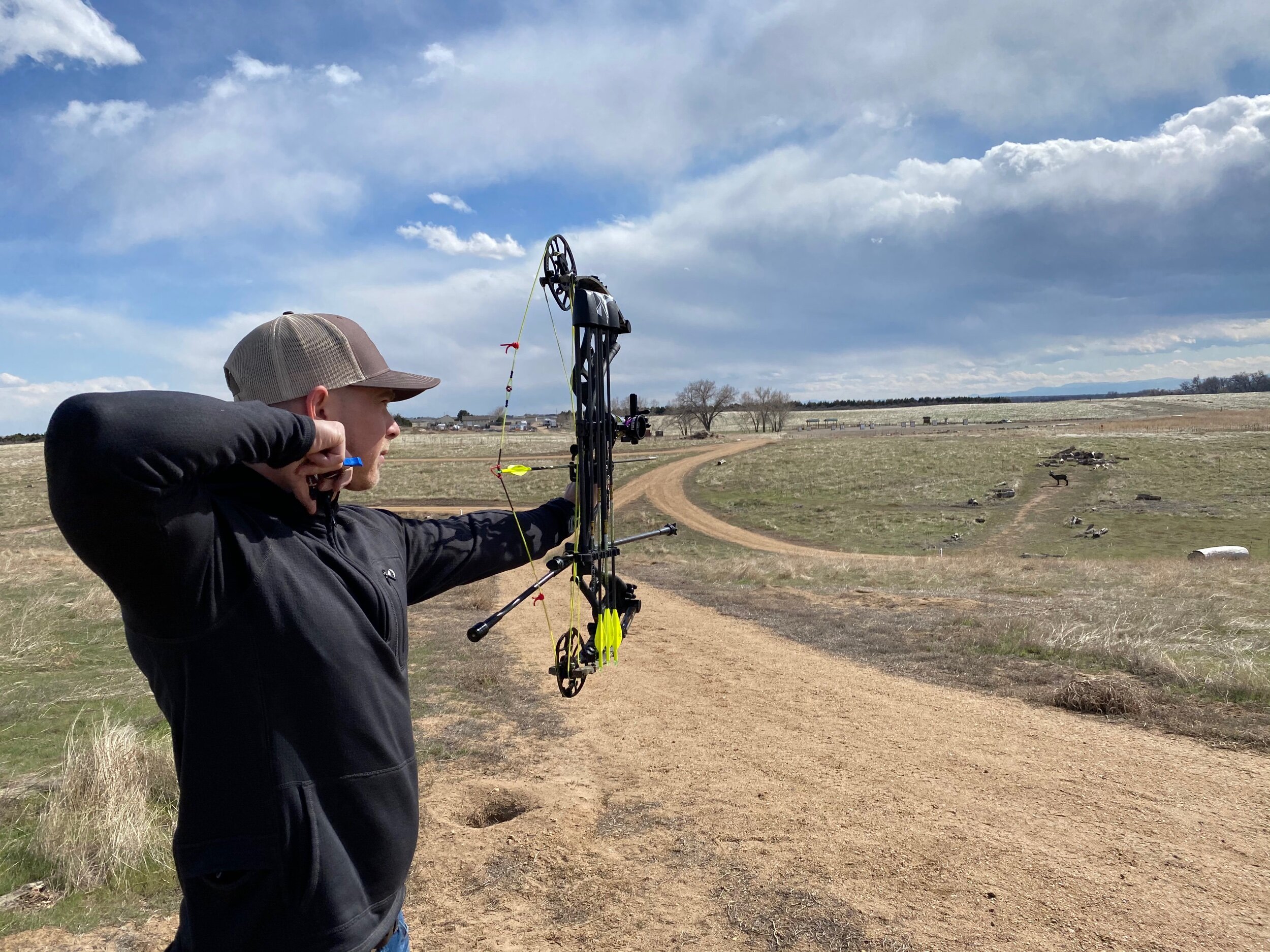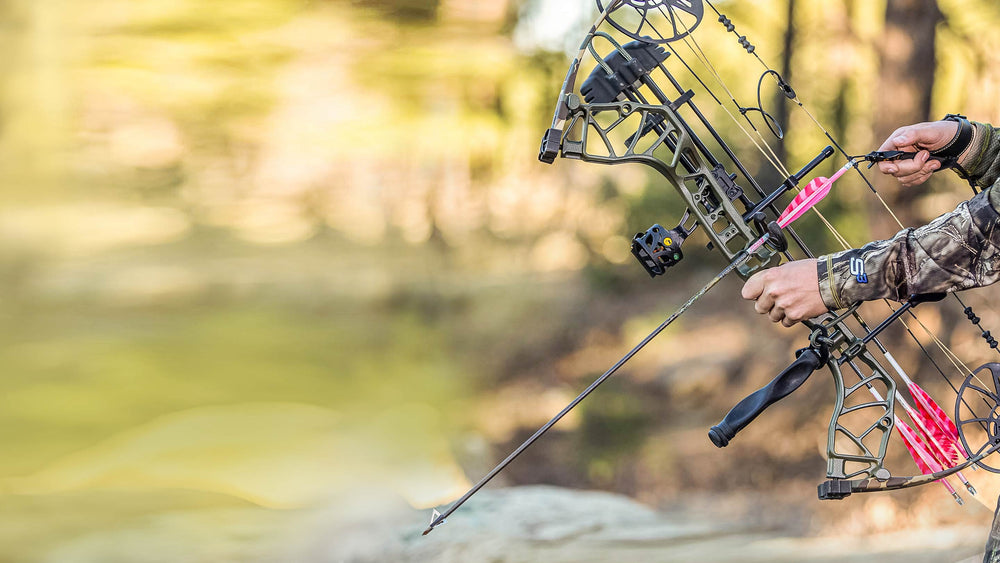Boost Your Archery Performance: The Ultimate Guide to Bow Stabilizer Setup
Amongst the different elements that contribute to precision and stability, the bow stabilizer plays a critical role in improving your shot execution. Understanding just how to enhance your bow stabilizer setup can lead to significant renovations in your general precision and uniformity on the variety or in the field.
Recognizing Bow Stabilizers
In the realm of archery tools, the function and function of bow stabilizers stand as essential parts for improving shooting precision and stability. Bow stabilizers are designed to lessen bow torque, decrease resonances, and help in holding the bow steady throughout the aiming and launch process. By affixing a bow stabilizer to the riser of the bow, archers can experience enhanced equilibrium and decreased hand shock, resulting in even more constant and specific shots.
The main purpose of a bow stabilizer is to moisten any vibrations that take place upon releasing the arrowhead. This reduction in vibration not just enhances the shooter's convenience but likewise aids preserve emphasis and control throughout the shot cycle. Additionally, bow stabilizers aid in counteracting the weight of accessories affixed to the bow, such as sights, quivers, and arrow relaxes, guaranteeing optimum weight circulation for improved stability.
Recognizing the mechanics and advantages of bow stabilizers is vital for archers aiming to fine-tune their shooting performance and accomplish better precision on the range or in the field.

Picking the Right Stabilizer Weight
Selecting the proper weight for your bow stabilizer is a critical element of enhancing your archery arrangement for boosted capturing performance. The stabilizer weight directly influences exactly how successfully the stabilizer lowers resonance and stabilizes your bow during the shot. When choosing the best stabilizer weight, it's vital to consider your capturing design, bow equilibrium, and individual choices.
Lighter stabilizers, typically weighing between 3-6 ounces, are favored by archers that focus on ability to move and fast target procurement. These stabilizers are ideal for seekers or those that fire in tough surfaces where flexibility is vital. On the various other hand, much heavier stabilizers, varying from 8-12 ounces or more, are chosen by target archers seeking maximum stability and decreased bow movement. The added weight helps hold the bow steadier throughout the intending procedure and lessens the impacts of torque on the bow.
Inevitably, the finest stabilizer weight for you will depend on your capturing goals and preferences. Explore various weights and finding the one that supplies the optimum balance of security and ability to move is essential to enhancing your archery efficiency.
Setting Up Your Bow Stabilizer
To correctly install your bow stabilizer, make sure that you have all the required devices and follow these detailed guidelines for a reliable and safe and secure arrangement. Start by determining the front stabilizer bushing on your bow riser.
Meticulously string the stabilizer right into the front bushing by hand, ensuring not to cross-thread it (bow stabilizer). As soon as the stabilizer is well in position, utilize a suitable wrench to tighten it securely. Avoid over-tightening, as this can trigger damages this post to the bow or stabilizer
After mounting the stabilizer, check to ensure it is straight and lined up with the bow. Some stabilizers include adjustable weights or dampeners; readjust these according to your preferences and shooting design. Finally, examination the bow to make sure the stabilizer is properly minimizing resonance and boosting your shot consistency.
Adjusting Stabilizer Position for Accuracy
After installing the bow stabilizer securely, optimizing its position is crucial for enhancing accuracy in your shooting. The position of the stabilizer can substantially affect the equilibrium and stability of your bow throughout the shot cycle. To adjust the stabilizer for ideal precision, begin by try out various placements. Relocating the stabilizer closer to the riser can help in reducing the bow's general weight circulation, potentially improving your aiming stability. Conversely, prolonging the stabilizer further out can enhance the bow's mercy and reduce the effects of torque on the shot.
When changing the stabilizer position, think about the type of capturing you do. For target archery, a longer stabilizer positioned further out may be valuable for included stability throughout the aiming procedure. On the other hand, seekers might prefer a shorter stabilizer for far better maneuverability in the area. Keep in mind to make tiny modifications and evaluate your configuration after each change to establish the ideal placement for your shooting check here design and preferences.
Fine-Tuning Your Stabilizer Setup

Furthermore, take into consideration the positioning pop over to this site of any kind of dampeners or weights along the stabilizer pole. Relocating these parts closer to or better from the riser can modify the stabilizer's total result on your bow's equilibrium. Fine-tuning these information can assist minimize resonance, lessen hand shock, and improve general control during the shot execution.
On a regular basis reassess your stabilizer configuration as your shooting method develops to ensure it proceeds to enhance your form and capturing objectives. By finetuning your stabilizer configuration with precision and care, you can maximize your bow's efficiency and raise your archery skills to new heights.
Verdict
In verdict, enhancing your bow stabilizer configuration is essential for improving your archery efficiency. By recognizing the function of stabilizers, choosing the appropriate weight, appropriately setting up and positioning the stabilizer, and adjust its configuration, you can enhance your precision and uniformity in capturing. Take the time to try out different setups and adjustments to discover the arrangement that functions finest for you and helps you attain your archery goals.
Bow stabilizers are designed to decrease bow torque, decrease resonances, and aid in holding the bow stable during the aiming and launch process. By attaching a bow stabilizer to the riser of the bow, archers can experience enhanced balance and decreased hand shock, resulting in more regular and precise shots.

The stabilizer weight directly affects how successfully the stabilizer lowers vibration and maintains your bow during the shot. bow stabilizer. By comprehending the objective of stabilizers, choosing the proper weight, appropriately placing the stabilizer and installing, and adjust its setup, you can enhance your accuracy and uniformity in capturing